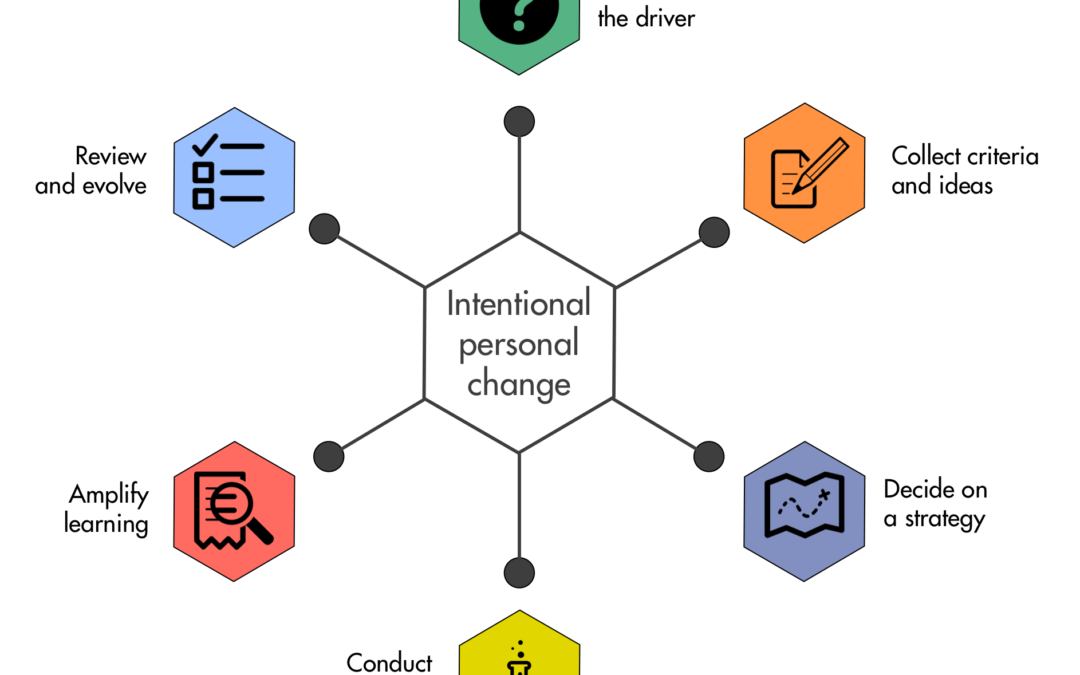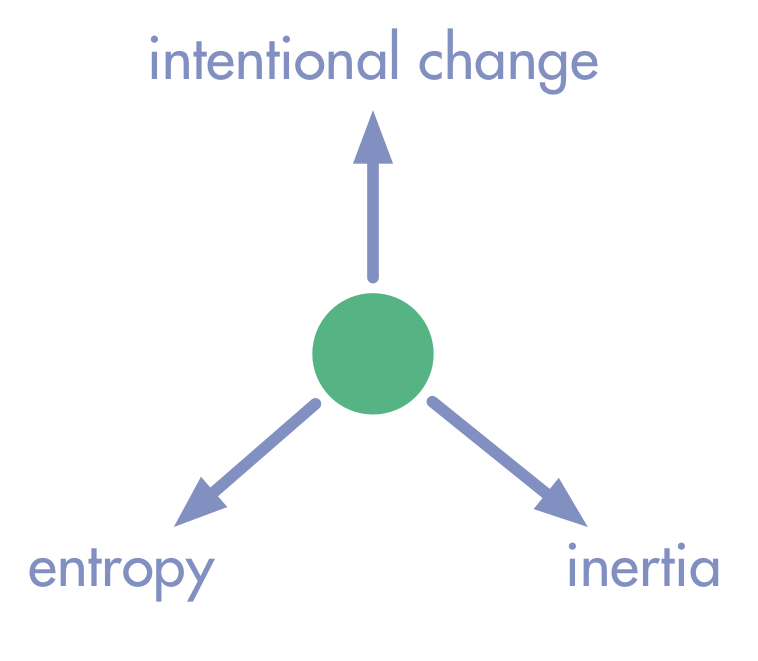by Bernhard Bockelbrink | Nov 23, 2016 | blog, eBooks, Sociocracy 3.0
I updated my my beta version of the Sociocracy 3.0 Handbook with new text and illustrations. now there’s a section on each of the 65 patterns. Download as PDF or EPUB, or take a look at the web version for mobile and desktop browsers here.

by Bernhard Bockelbrink | Jun 22, 2016 | blog, download, eBooks, Sociocracy 3.0
S3 has evolved significantly since this page was published, and we could not catch up with the handbook, so for now I removed the download linkls. The latest version can be found in the slide deck “All Patterns explained” or on http://sociocracy30.org.
Earlier this year I had compiled a handout for the participants of my workshops with descriptions of S3’s essential patterns. Over time, I updated the handout with the contents of the “All Patterns Explained” slide deck, several of my drafts for the upcoming book The Sociocracy 3.0 Handbook” I am writing together with James Priest, and other documents. Now grew beyond the scope of a handout, since it contains more than 100 pages, a section for each of the 65 patterns, an introduction and a changelog so you can see what’s new.
Until the “official” Sociocracy 3.0 handbook is ready, I will maintain this document as a beta version of the handbook and I will keep on updating it with more content and illustrations document, and include the “official” pattern descriptions as James and I finish them.
(more…)

by Bernhard Bockelbrink | Jun 22, 2016 | Change, eBooks, Sociocracy 3.0
download pdf download ePub visit s3-for-one.com
Over the past months, I have been experimenting with applying Sociocracy 3.0 (a.k.a. ’S3′) as a framework for personal development and as a method for guiding and documenting one-on-one coaching sessions. The result is an eBook called “S3 for One”, with a dedicated website at http://s3-for-one.com.
Do you want to improve your communication skills, develop a healthier lifestyle, read more, love more, learn a new language, or get a new job? S3 for One provides you with a structured process to navigate intentional change in your life, be it just a small habit, a big change, a tricky decision or even the discovery of what you want to do with your life.
S3 for One is an adaptive process, it allows you to go as fast or as slow as you want (or can). It facilitates understanding about yourself and the situation you’re in, and helps you translate this learning into intentional and incremental change. The underlying idea is simple: you assess your situation and your needs (your driver), identify possible strategies and decide which one looks most promising, and then you create a series of small experiments to discover whether or not you can successfully implement your strategy. Each experiment will reveal new information about yourself, your situation, and your strategy, so you can easily adapt and evolve your approach. (more…)

by Bernhard Bockelbrink | May 7, 2016 | blog, Change, eBooks, Sociocracy 3.0
download pdf download ePub
Introduction
Change in organizations is inevitable and happens naturally as organizations adapt to the various forces pulling at the organization, from the outside and from within.
However, most of the changes that take place in organizations are neither intentional nor aligned across the organization, they happen locally as a result of many small choices made by many individuals.
Lots of small and unrelated adaptive changes will lead to giving in to inertia (doing more of the same) and entropy (many independent and unaligned decisions). This is the opposite of intentional change – changing in an organized and aligned way.
All organizations benefit from building capacity for intentional change in order to become and remain effective.
This paper presents a simple model for mapping influence of internal and external forces to organizations, identifying motive for change and delegating accountability for plotting a course of action, and finally incrementally implementing the resulting change. (more…)



